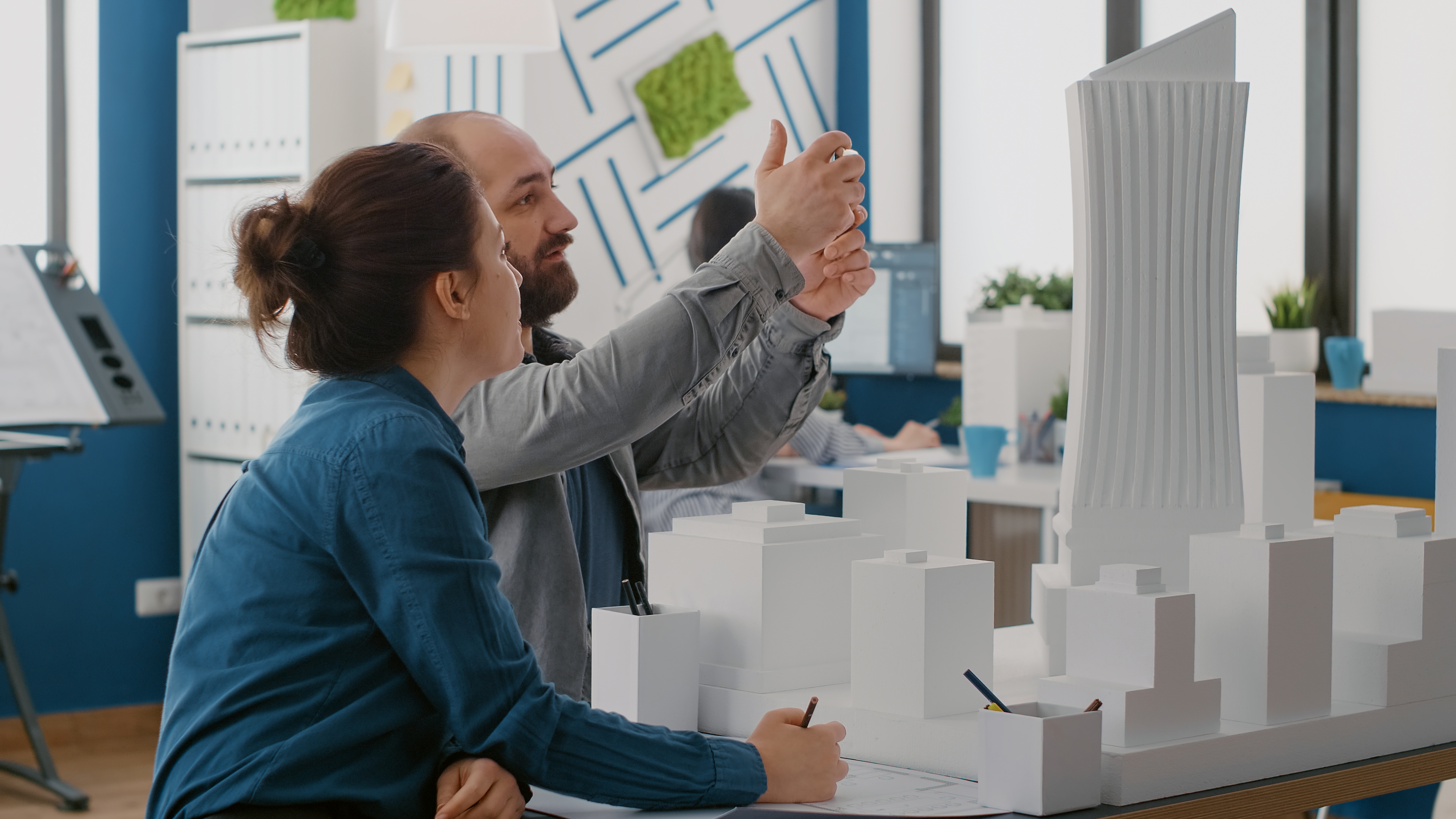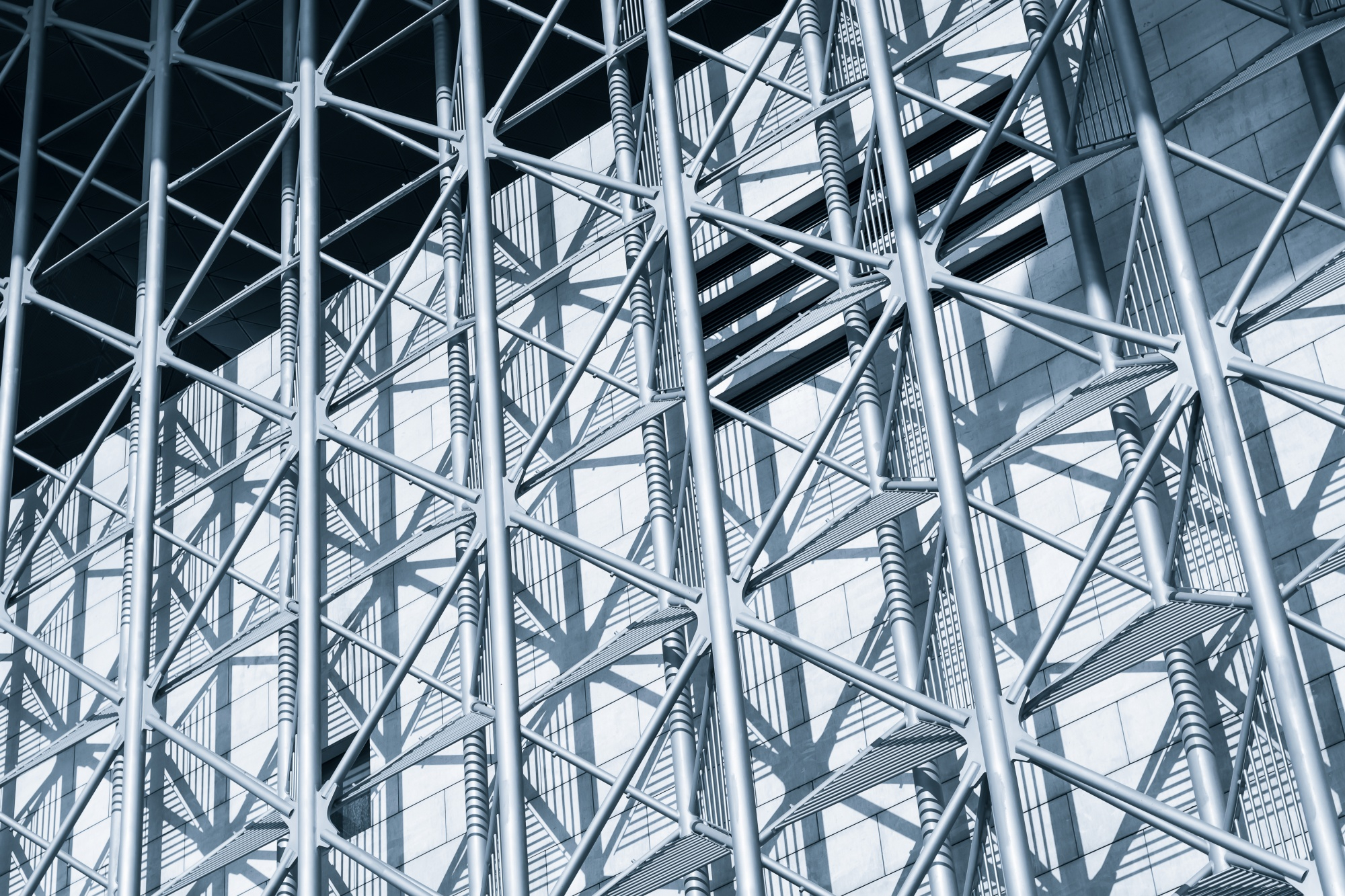
In the dynamic world of construction, the bridge between an innovative idea and its physical manifestation is often fraught with challenges. For business owners in the construction sector, navigating these challenges efficiently is key to staying competitive and profitable. Advanced structural 3D modeling emerges as a powerful tool in this journey, offering a way to not just visualize, but to meticulously plan and execute construction projects with unprecedented precision.
Revolutionizing Construction: From Vision to Reality with 3D Modeling
In the realm of construction, the journey from conceptualization to completion is paved with innovation, collaboration, and meticulous planning. At the heart of this transformative process lies the genesis of innovation in construction, a phase where ideas begin to take shape, fueled by the visionary minds of architects and engineers. This initial spark of creativity is crucial, but the path to bringing these groundbreaking ideas to life is complex and fraught with challenges. It demands a profound understanding of architectural principles, engineering constraints, and the intricate dance of the construction process. Here, advanced structural 3D modeling emerges as a pivotal tool, enabling construction business owners and project stakeholders to transcend the limitations of traditional design and planning methods.
Advanced structural 3D modeling is not just about creating visually appealing representations of future buildings; it’s a revolutionary approach that transforms abstract concepts into detailed, interactive models. These models serve as a digital sandbox, where every idea can be tested, analyzed, and refined. Unlike the static lines of 2D drawings, 3D models offer a dynamic environment where the form and function of a structure can be explored from every angle. This immersive experience allows stakeholders to grasp the full scope of a project, understanding its complexities and appreciating its aesthetics in a way that was previously impossible.
The shift from 2D to 3D modeling marks a new dimension of planning and collaboration. In traditional construction planning, the reliance on 2D drawings often led to a fragmented understanding of projects. Architects, engineers, contractors, and clients each interpreted the drawings through their lens, sometimes resulting in discrepancies and miscommunications that could derail a project. Advanced structural 3D modeling eradicates these barriers, offering a unified, multi-dimensional view of the project that is accessible and comprehensible to all parties involved. This shared vision fosters a collaborative environment where ideas are not just shared but woven together, creating a fabric of collective intelligence that guides the project toward its successful realization. This synergy ensures that the final structure not only aligns with the initial vision but also embodies the collective expertise and insights of the entire project team.
Perhaps one of the most critical advantages of advanced structural 3D modeling is its capacity for risk mitigation through precision. Construction is an industry where errors, often stemming from the misinterpretation of plans or oversight in design, can have significant financial and safety implications. The precision offered by 3D modeling acts as a safeguard against such pitfalls. By simulating the real-world conditions and interactions of different structural elements, 3D models allow for the identification and rectification of potential issues long before construction begins. This preemptive approach to problem-solving ensures that every aspect of the structure, from the foundational load-bearing beams to the complex network of HVAC systems, is meticulously designed and aligned with exact specifications.
Moreover, this precision extends beyond error prevention, offering a way to optimize resource allocation and enhance the efficiency of the construction process. By accurately modeling the structural components and their interactions, advanced structural 3D modeling enables the efficient use of materials, minimizing waste and streamlining the fabrication and assembly phases. This not only contributes to the sustainability of construction projects but also to their cost-effectiveness, delivering value to clients and stakeholders alike.
Elevating Construction: The Impact of 3D Modeling
- Paradigm Shift in Construction: Advanced structural 3D modeling marks a significant transition from traditional methods to innovative execution strategies.
- Bridging Vision and Reality: This technology is crucial in turning conceptual ideas into tangible, detailed models, making it easier for all stakeholders to visualize the end product.
- Empowering Industry Professionals:
- Architects: Gain the ability to design with unparalleled creativity and detail.
- Engineers: Enjoy enhanced accuracy in structural analysis and materials specification.
- Construction Business Owners: Can oversee projects with improved efficiency and risk management.
- Fostering Collaboration: Encourages a unified approach to construction projects, where architects, engineers, and clients collaborate seamlessly in a shared digital environment.
- Precision and Efficiency: 3D modeling minimizes errors through detailed simulations and analysis, leading to optimal resource use and waste reduction.
- Innovation and Functionality: Opens new avenues for exploring innovative designs and complex architectural features without compromising functionality.
- Culture of Excellence: Promotes a construction industry culture that values precision, collaboration, and innovation, pushing the boundaries of what can be achieved in the built environment.
- – Testament to Human Ingenuity: Stands as a symbol of the construction industry’s continuous strive towards excellence and innovation.
Enhanced Client Engagement and Satisfaction
In the competitive landscape of the construction industry, client satisfaction is paramount. Advanced structural 3D modeling offers an immersive experience that can significantly enhance client engagement. Through virtual walkthroughs, clients can visualize the end product in a way that 2D drawings never could. This not only helps in setting realistic expectations but also empowers clients to provide feedback that can be incorporated into the design in real-time. Such interactive engagement leads to higher client satisfaction and fosters a sense of ownership and connection to the project.
Cost Efficiency and Competitive Edge
Adopting advanced structural 3D modeling can have a profound impact on a construction business’s bottom line. By streamlining the design and planning phases, reducing the likelihood of errors, and enhancing client satisfaction, this technology directly contributes to cost efficiency. Moreover, the ability to tackle complex projects with precision gives construction business owners a competitive edge in the market. It positions them as innovators capable of delivering high-quality projects within shorter timeframes and at reduced costs.
Sustainability and Future-Proofing
The construction industry is under increasing pressure to embrace sustainable methods. Advanced structural 3D modeling aligns with this imperative by enabling more efficient use of materials and promoting the design of energy-efficient buildings. Furthermore, by facilitating the creation of detailed as-built models, it ensures that structures are not only built to last but are also adaptable to future needs. This aspect of future-proofing is essential in an era where the functionality of spaces is continually evolving.
Realizing the Potential of Advanced Structural 3D Modeling
For construction business owners, advanced structural 3D modeling is not just a technological tool; it’s a strategic asset. It empowers them to transform ideas into reality with a level of precision and efficiency that was previously unattainable. By embracing this technology, they can navigate the complexities of modern construction, delivering projects that are innovative, sustainable, and in tune with the needs of their clients. In doing so, they are not just building structures; they are shaping the future of the built environment, one model at a time. As the construction industry continues to evolve, the integration of advanced structural 3D modeling will undoubtedly play a pivotal role in defining its trajectory, making it an indispensable part of the construction process.



